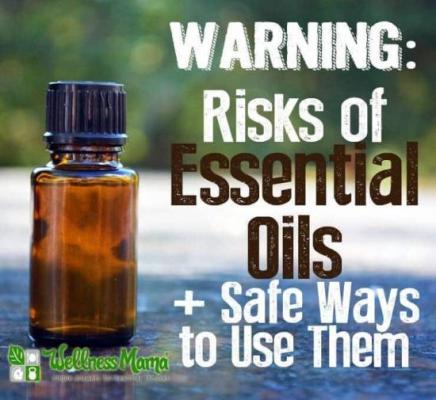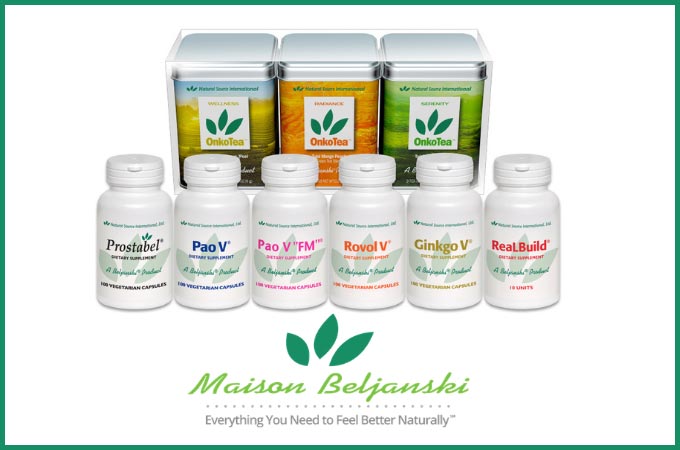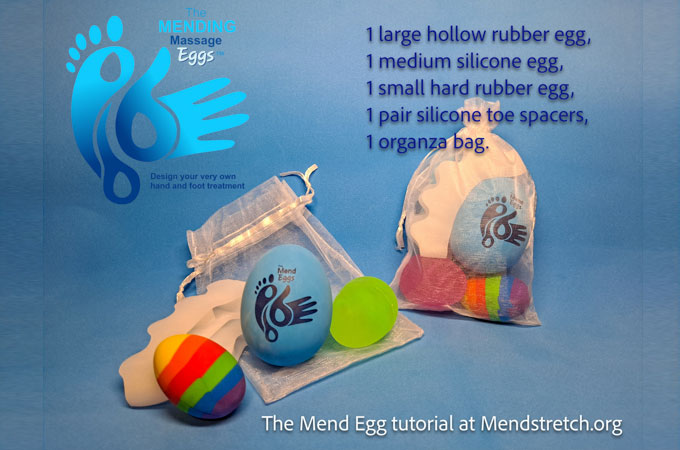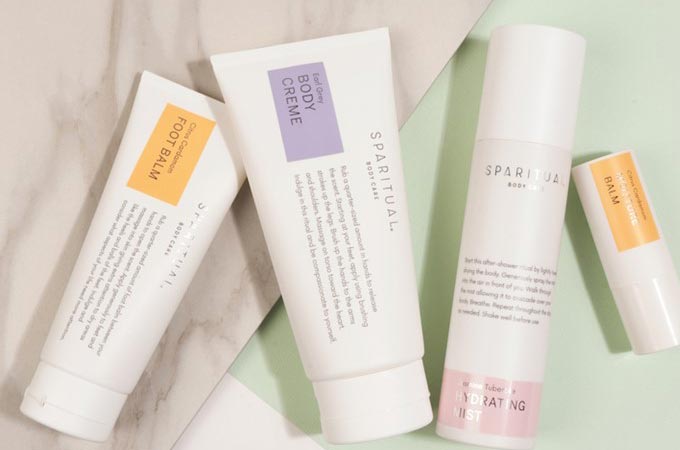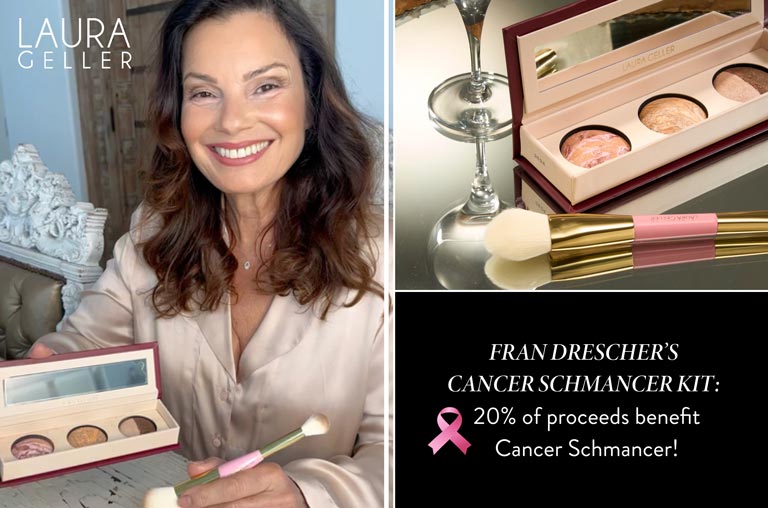Risks and Uses of Essential Oils
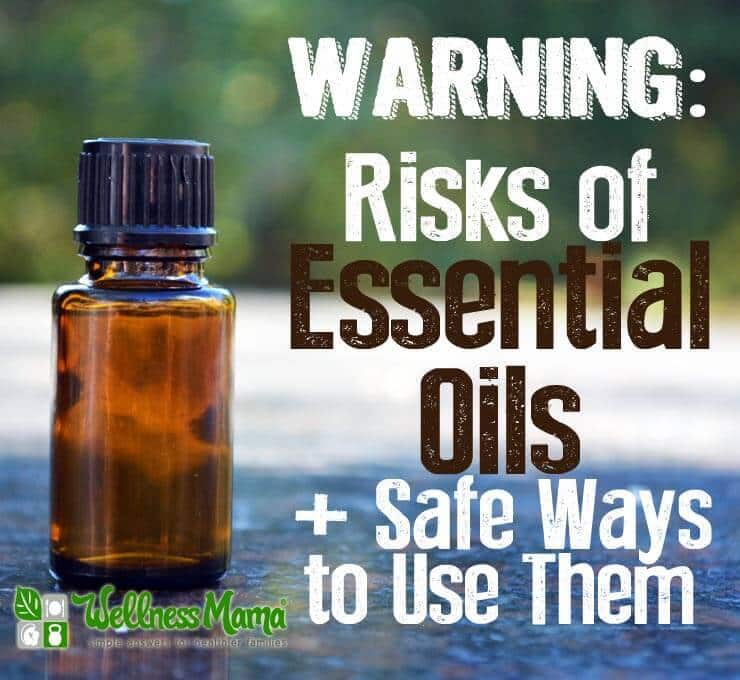
From Wellness Mama
Essential oils are all the rage lately, and with good reason. They are, in a sense, a pharmaceutical grade natural remedy with incredible power. But with great power comes great responsibility, and there are many essential oil resources online giving worrisome blanket advice about their use.
Don’t get me wrong. I love oils and I use them daily. Most often, I use them diluted in natural beauty or natural cleaning recipes, but I also use them aromatically and therapeutically at times.
Because of the strength of essential oils, I am cautious of over-using them and want to make sure that my family always uses them safely. Here are some important things to know about essential oils (and of course, check with a certified herbalist, aromatherapist or doctor) before using them.
Essential Oils are Highly Concentrated
Did you know that it takes:
- 256 pounds of peppermint leaf to make one pound of peppermint essential oil
- 150 pounds or more of lavender flowers to make one pound of lavender essential oil
- Thousands of pounds of roses to make 1 pound of rose essential oil
Essential Oils contain very concentrated properties of the herb or plant they are derived from. A very small amount of EOs often has the qualities of many cups of herbal tea from the same plant. For instance, one drop of peppermint essential oil is equivalent to 26-28 cups of peppermint tea. This isn’t to say essential oils should not be used, but they should be used carefully, with proper education and in safe amounts. If you wouldn’t ingest dozens of cups of an herbal tea, you should probably think twice before consuming the equivalent amount of essential oils.
Essential Oils on the Skin
I use essential oils in many of my beauty recipes like lotion bars and herbal face oil but in diluted amounts. The key word is “diluted.”
In most cases, essential oils should not be used undiluted on the skin. There are exceptions, of course, but most of the time, essential oils should only be used undiluted under the care and guidance of a trained medical or aromatherapy practitioner. Due to the small molecular size of essential oils, they can penetrate the skin easily and enter the bloodstream.
As a general rule, essential oils should be diluted in a carrier oil like coconut oil or almond oil in a 3-5% solution. On practical level this is 3-5 drops of essential oils per teaspoon of carrier oil (and much less if using on a baby or child).
Undiluted use on the skin can cause irritation or an allergic reaction in some people, and I’ve even read cases of someone getting a permanent sensitivity to a certain oil after using it undiluted on broken skin. Some oils, like lavender, rose and chamomile are typically considered safe for undiluted skin use, but I’d still personally dilute them (most of these are expensive oils and would be costly to use undiluted anyway).
I personally test any essential oil, diluted, on my arm before using on a larger part of my body. Some essential oils are considered ok to use undiluted on the skin if an individual isn’t sensitive to them, but again, always check with a qualified practitioner first.
From a personal perspective, I have first hand experience with the potential problems with undiluted skin exposure. I tried a new massage therapist in our small town since she had a special deal for “aromatherapy” massage. I assumed this meant that there would be essential oils in a diffuser during the massage. To my surprise, as the massage began I felt drops on my back. I realized a few seconds later that she was pouring essential oils on my back… a lot of them. I asked her what oils she was using and she assured me that they were safe, but I got a headache soon after.
In all, she probably poured 80+ drops of undiluted essential oils on my back. I had shivers and a headache for the rest of the day and a large red spot on my back (12 inches in diameter) that lasted several days. Certainly, I should have asked her to stop instead of just asking what the oils were, but what shocked me was that she did not ask if she could use essential oils on me, she did not ask if I was pregnant or had a health condition first and I found out after that she was not even a trained massage therapist or aromatherapist but that she had just “invented” the technique as a way to therapeutically use essential oils.
Again, I should have acted differently and probably asked to see her massage license first, but my experience with this amount of essential oils on the skin was not a positive one.
Bottom Line: Exercise caution and do your research before using essential oils on the skin, even undiluted.
Photosensitivity of Certain Oils
I always include a caution on my recipes that include citrus oils that they may make the skin more sensitive to the sun. These oils have certain constituents that can make the skin more sensitive to UV light and can lead to blistering, discoloration of the skin or burning more easily from minor sun exposure.
Though the risk of photosensitivity or phototoxicity varies based on the way the oil was distilled, oils generally considered photosensitive are: orange, lime, lemon, grapefruit, and bergamot.
Internal Use of Essential Oils
This will be a controversial point, but many essential oils are not safe for internal use and others should be used with extreme caution. Since essential oils are the equivalent of 10-50 cups of herbal tea (depending on the herb) or 20x the recommended dose of an herbal tincture of the same herb, they should only be taken internally in situations where they are absolutely needed and with extreme care (and under the guidance of a trained professional).
Here’s the thing- essential oils are extremely potent plant compounds that can have a very dramatic effect on the body. Many online sources tout their “antibacterial, antimicrobial, antiviral and antifungal” properties. You know what is teeming with many types of bacteria? Your gut.
Research is emerging constantly about our extremely diverse gut microbiomes, but we do not fully understand them yet. We do know that gut health drastically affects other aspects of health and that imbalances in the gut can cause problems in the skin, brain and other parts of the body. The effects of essential oils on gut bacteria have not been well studied yet and the very real antibacterial properties of essential oils may kill many types of bacteria in the gut (including beneficial and necessary bacteria).
In fact, the studies conducted about the antibacterial properties of essential oils compare them to antibiotics and suggest that they may be an effective alternative to antibiotics (here’s one study).
Antibiotics can be life-saving and necessary in some cases (they saved my husband’s life several years ago) but they should not be used regularly, preventatively or without the oversight of a medical professional. If essential oils can act in the same way as antibiotics, we should exercise the same caution in using them internally.
Many essential oils are considered “GRAS” or Generally Recognized as Safe for food and cosmetic use. However, most essential oils have not been studied, especially in concentrated internal amounts. Things like vinegar, salt and baking soda also are given this status, but that doesn’t mean they should be consumed regularly or in large amounts. There is no scientific proof that ingesting essential oils is beneficial, and since it may cause harm, do not ingest them.
Essential Oils During Pregnancy or Nursing
Essential oils can affect hormones, gut bacteria and other aspects of health and extreme care should be used when taking them while pregnant or nursing.
There is evidence that essential oils can cross the placenta and get to the baby. The effects of essential oils can be compounded in utero and extreme care should be taken with essential oil use during pregnancy.
I personally would not take any essential oil internally during pregnancy (or even while nursing). At these times, I stick to aromatherapy and very diluted use of approved essential oils in skin care recipes and baths. I also always re-test an oil in a diluted skin test before using it during pregnancy.
Even oils that are considered safe may be harmful to certain women and there is some speculation that the actions of some oils on hormones can cause dangerous hormone imbalances during pregnancy.
There is simply not enough research available. I would excercise erring on the side of caution.
Oils Considered NOT Safe During Pregnancy
Aniseed, Angelica, Basil, Black pepper, Camphor, Cinnamon, Chamomile, Clary Sage (often used during labor by midwives safely), clove, fennel, fir, ginger, horseradish (should not be used by anyone), Jasmine, Juniper, Marjoram, Mustard, Mugwart (should not be used by anyone), Myrrh, Nutmeg, Oregano, Peppermint, Rosemary, Sage, Thyme, Wintergreen.
I would personally recommend checking with a doctor or midwife before taking an essential oils during pregnancy.
Peppermint essential oil may decrease milk supply while nursing, and as such, I avoid it topically while nursing.
Use on Babies and Children
This is one of the things that concerns me the most with a lot of the essential oil recommendations I see online. In my opinion, essential oils should never be given internally to children (or anybody) or used undiluted on the skin. They should be diluted more than they are for adult application and care should be taken with any essential oils considered “hot” as they may cause damage to the skin.
In general, oils like lavender, chamomile, orange, lemon and frankincense are considered safe for diluted use on children, but I would personally still do a skin test and check with a doctor first.
Some oils have caused seizures in children and extreme caution should be used (this article from a naturopathic pediatrician explains more and gives some case studies– since people have commented, I want to mention that I do think her post is overly alarmist but she makes some good points as well). To clarify- these seizure reactions were rare and most were in people who were predisposed to seizures, but this still isn’t a risk I would take with small children.
Others, like peppermint, rosemary, eucalyptus and wintergreen should not be used around young children or babies. These herbs contain menthol and 1,8-cineole. These compounds can slow breathing (or even stop it completely) in very young children or those with respiratory problems. Of course, they should never be used internally or undiluted on the skin for children, but these particular oils warrant caution even for aromatic use. I would not personally ever use these oils on or around babies for this reason.
This article from the University of Minnesota cautions about the use of peppermint and similar oils in children under six, because: “Menthol-one of the major chemicals in peppermint oil-has caused breathing to stop in young children, and has caused severe jaundice in babies with G6PD deficiency (a common genetic enzyme deficiency) (Price & Price, 1999).”
Since the effects of essential oils are more concentrated on children, it is prudent to exercise extra caution when using essential oils on them. Personally, I stick to using safe essential oils in a diffuser or in very diluted amounts in beauty and cleaning products.
Essential Oils in Plastics
Another thing that is not often mentioned is that essential oils should never be stored in plastic containers, especially in concentrated forms. Many essential oils can eat through plastics when undiluted, and even when diluted, they can degrade plastics over time.
I make homemade cleaners with essential oils in glass bottles for this reason (even though they are very diluted) and store homemade beauty products in glass whenever possible.
This caution also extends to other surfaces in the house, which I found out the hard way. A bottle of wild orange oil was left on a piece of homemade furniture in our house and when I picked it up the next day, it had stuck to the piece, pulling off the finish and stain when I picked it up. Apparently, there was a little bit of the oil still on the bottom of the bottle (likely from my hand when pouring it). Be extremely careful about leaving any oils, especially citrus oils, on wood or other stained surfaces.
The Good News
Though there are a lot of warnings about safe use of essential oils, they are wonderful when used correctly. I hope that this post doesn’t discourage anyone from using essential oils, but rather encourages proper research and safety first.
I use essential oils almost daily, but I make sure to research each oil and its proper use first. It can also be really helpful to find a trained aromatherapist, herbalist or naturopathic doctor to ask specific questions about essential oils. It is also important to make sure any essential oils you use are organic and very high quality.
Safe Ways to Use Essential Oils:
At the end of the day, essential oils can be a great and safe natural remedy, if used safely. The main ways I use essential oils are:
- Aromatically– in a diffuser
- Topically– Diluted in homemade lotion, toothpaste, lotion bars, body butter and other homemade recipes.
I reserve undiluted skin use and internal use for times of real need when the benefits outweigh the risk and I avoid using essential oils in this way on babies/children or when I am pregnant.
Sources & More Reading:
http://www.biomedcentral.com/1472-6882/6/39
Bensouilah J, and Buck P. Aromadermatology. Abindon, UK: Radcliffe Publishing Ltd.
Tisserand, R., and Balacs, T. (1995). Essential Oil Safety. New York: Churchill Livingstone.
Biological activities of Lavender essential oil
http://www.ncbi.nlm.nih.gov/pubmed/?term=21907890
http://www.ncbi.nlm.nih.gov/pubmed/?term=10460442
Essential oils as a cause of breakthrough seizure after temporal lobectomy
Epileptic seizure induced by fennel essential oil.
Book: Essential Oils and Aromatics: A Step-by-Step Guide for Use in Massage and Aromatherapy
Book: Essential Oil Safety: A Guide for Health Care Professionals
Biological effects of essential oils – A review
Tiger Balm as a treatment of tension headache. A clinical trial in general practice.
Acute and subacute toxicity study of 1,8-cineole in mice
Antimicrobial activity of essential oils and other plant extracts
In Vitro Antibacterial Activity of Essential Oils against Streptococcus pyogenes
In vitro antibacterial activity of some plant essential oils
A near fatal case of high dose peppermint oil ingestion- Lessons learnt
National Association for Holistic Aromatherapy Data Safety Sheet for Essential Oils during pregnancy
International Association of Professional Aromatherapists Pregnancy Data Sheet (PDF)
Robert Tisserand

